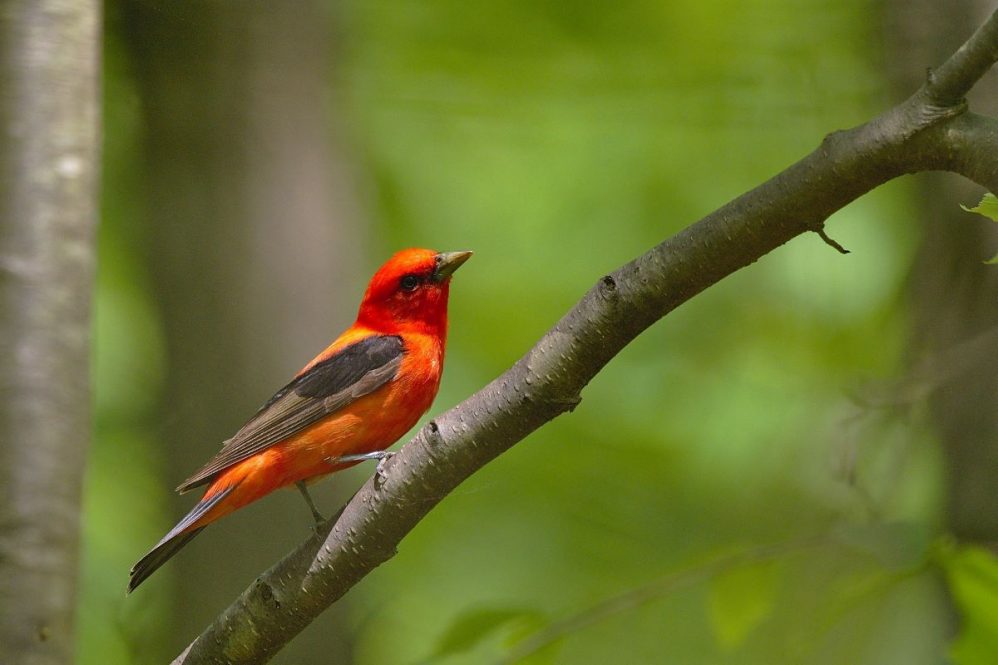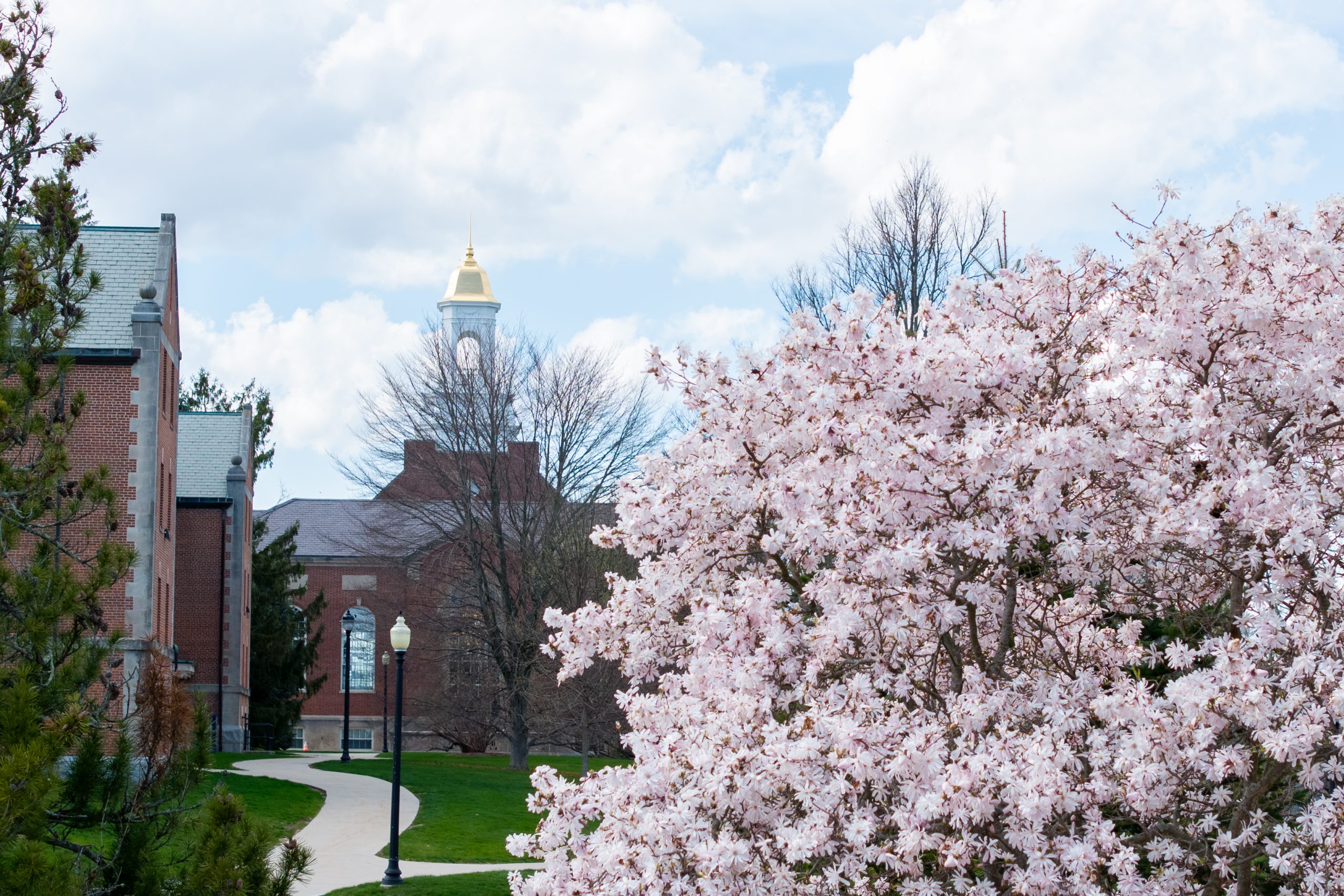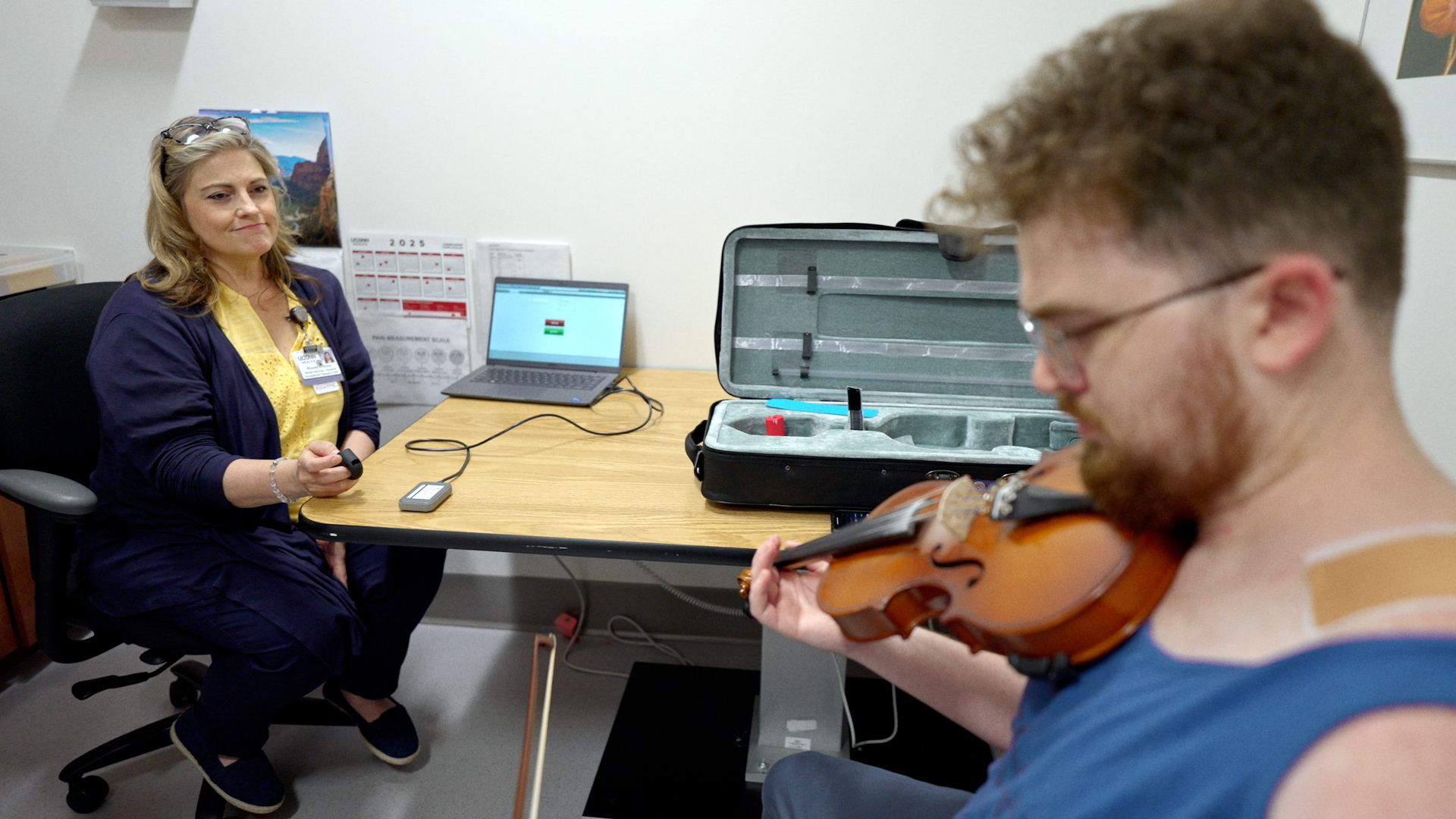Looking out the window at any time of year in Connecticut, you’re bound to see some kind of bird: a wintering cardinal, perhaps a gaggle of migrating geese, or a pair of robins in their spring courtship.
These observations are data points for the Connecticut Bird Atlas, a massive community research effort to catalogue birds in the state, which was first published in 1994 using data collected from 1982 to 1986.
Min Huang from the College of Agriculture, Health and Natural Resources, is leading an effort to create the second Connecticut Bird Atlas. Chris Elphick and Morgan Tingley from Ecology and Evolutionary Biology are also co-principal investigators on this project.
Some of Connecticut’s New England neighbors like Massachusetts, Rhode Island, New York, and Pennsylvania have already completed their second atlases. This effort will bring Connecticut up to speed with nearby states. This is important as many bird habitats cross state borders, so multistate information sharing is crucial for conservation efforts.
Huang and his team reached out to birding clubs, the Connecticut Ornithology Association, both Connecticut Audubon Societies, hunting clubs, and other conservation groups. In total, almost 1,000 people have contributed data to this project.
“The effort has been monumental,” says Huang, who is a research scientist in the Department of Natural Resources and the Environment. “It really has been fantastic, the support we’ve gotten from the public for this project.”
Based on the 1994 Atlas, Connecticut is divided into 603 blocks, all of which will need to be studied as part of the survey.
In addition to support from community volunteers, professional technicians are gathering more standardized data along specific paths called transects that cross these blocks, including agricultural and rural areas that are harder for volunteers to access.
The first stage of this project was collecting breeding data. In each block, volunteers noted which birds they saw and if they observed breeding behaviors like nest building, fledglings, or courtship behaviors. The researchers requested that birders spend approximately 20 hours of survey effort in each block during the breeding season to sufficiently catalog breeding bird distributions in each block.
“That behavior is critical to determining if that species is actually breeding in that block or just passing through,” Huang says.
As an advancement from the first atlas, Huang’s team is also calculating the relative abundance of bird species in the state. This will be the first time the state has this kind of data for birds that are not hunted or endangered.
The next data collection step is to determine which birds spend the winter in Connecticut. The wintering data collection period is broken into two: one period between November and December when there may still be some migration as birds travel south, and from January to February when birds are not migrating. The researchers expect to spend approximately 10 hours of survey effort during each of the two winter survey periods in order to properly evaluate winter bird assemblages in each block.
To study migration, Huang and his team will use radar to track bird movements during migration periods in the fall.
This upcoming spring will be the last data collection period of the project. Once completed in the summer of this year, the researchers will analyze the data and publish it for public use. Along with all the data gathered in the project, researchers will also share information on species found in the state.
The team will also share the data with government officials involved in environmental planning on the federal, state, and local levels and organizations such as land trusts.
The data will support conservation efforts by telling researchers and, through outreach efforts, policy makers, which bird species are on the decline or have been lost.
“Unfortunately, it’s certainly going to confirm what a lot of us knew already,” Huang says. “We’ve seen a decrease in a lot of species.”
Understanding what kinds of birds are in different parts of the state will help inform habitat and food source protection and restoration efforts. This will help ensure birds can continue breeding, feeding, nesting, and wintering in Connecticut.
Huang and his collaborators hope the results of this project will lead to additional funding to enact some of the conservation efforts the atlas data will suggest.
“One of the visions for the project was if we could bring the conservation community together, then maybe we could also bring everyone together to take the next step,” Huang says.
Follow UConn CAHNR on social media



